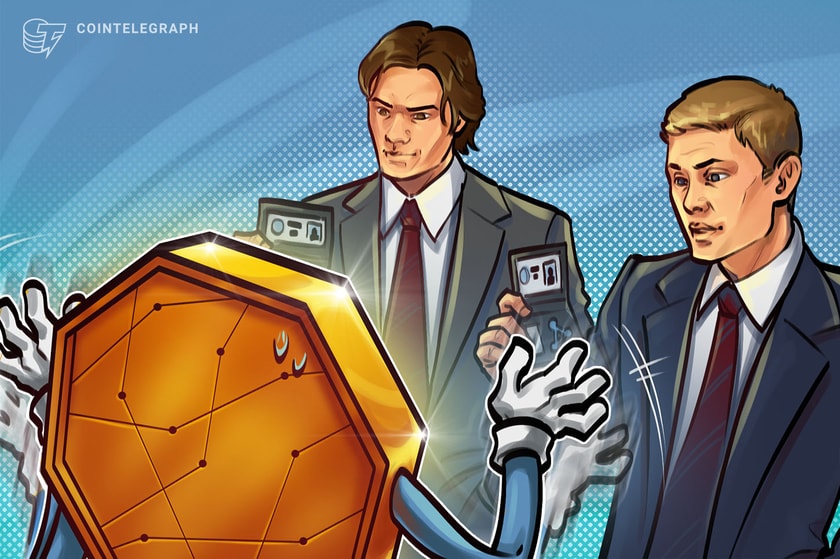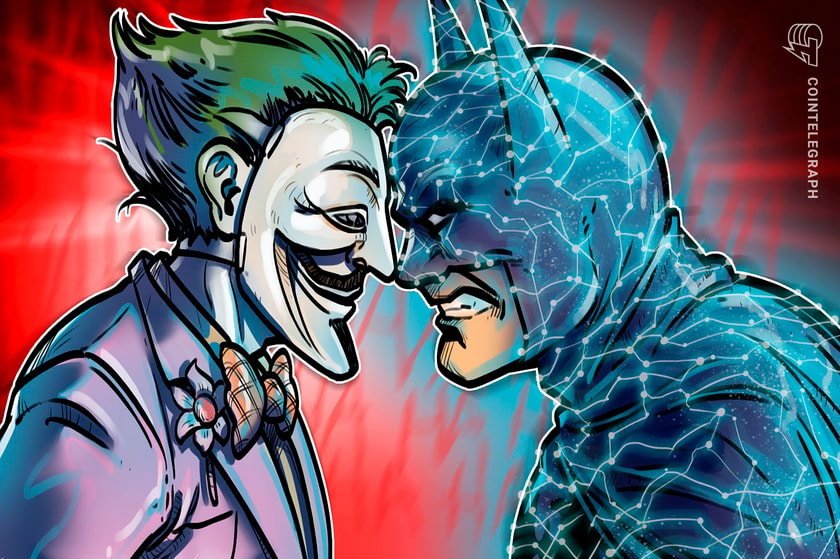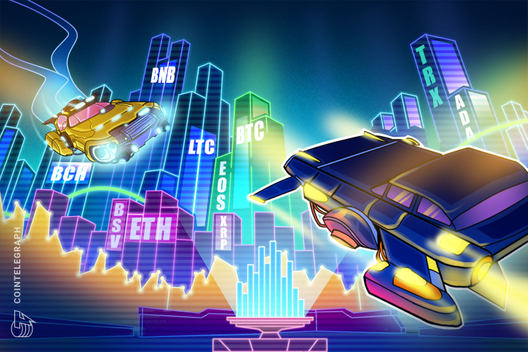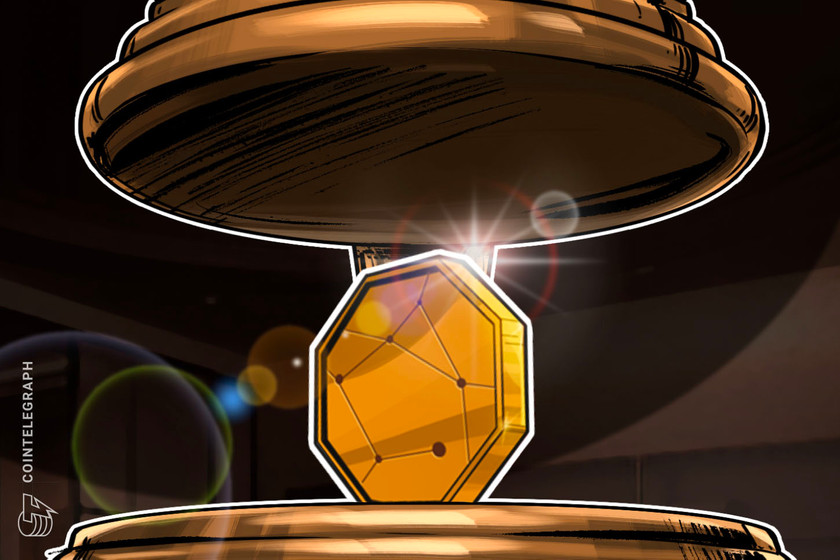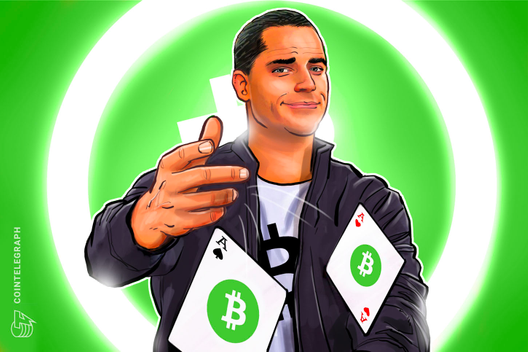Litigation and Steady Price Decline — Can XRP Sustain Such Attrition?
Ripple has long occupied a controversial position in the cryptocurrency industry. The ascension of Ripple’s in-house token, XRP, to the position of the second-largest cryptocurrency by market cap was enough validation for some that the company was set to play a major role in the industry for many years to come. However, since those halcyon days, momentum has slowed, and aside from a few notable blips, the company has been dogged by rumors and a steady decline in XRP’s value.
Ripple fails to make waves online
Because of the ambitious philosophical goals at the heart of the cryptocurrency ecosystem, it is not uncommon to see investors who favor one particular token, battling it out behind their keyboards on social media. XRP’s defenders were among the most vocal.
But it seems that the token’s “XRP Army” is struggling to fill the ranks. According to a new study by social trading and investing platform eToro and crypto data provider The Tie, which indicated that discussion of XRP fell 16% in the first quarter of 2020.
While it’s important to note that Twitter mentions ebb and flow according to a huge variety of market movements and company activity, the report found that the number of users in the so-called XRP Army has declined by a mammoth 82% since January 2018. The token’s social media activity woes, however, don’t end there. A list of Telegram groups compiled by a Twitter user on April 15 showed that over 63% of @Ripple members had left since June 2018.
Mohamed Zidan, the chief market strategist of ThinkMarkets, told Cointelegraph that XRP has struggled to find a function in the cryptosphere and put forward his view that faith in the token is wavering:
“Believers in XRP and other cryptos diminished gradually, and few people still believe in it. It was important to witness how the markets reacted to cryptocurrencies during coronavirus pandemic. It proved that it can’t be a safe haven but more as a risky asset. The current stagnation and low volumes suggest that its place in the financial equation is yet to be found.”
Mass token liquidations send a mixed message to investors
One of the most common criticisms leveled at Ripple is the high quantity of XRP token liquidations. While the liquidations had previously been something that privately riled many crypto investors, few people thought to take action into their own hands.
The first time crypto companies come up against significant legal challenges is usually after an initial coin offering. Due to the lack of clarity about how to regulate cryptocurrencies, many new projects are accused of falling foul of the Securities Act — and Ripple is no exception.
Originally filed as a class-action lawsuit in May 2018, alleging that Ripple had violated the Securities Act through a 2013 ICO, with the March 25 amended complaint accusing Ripple CEO Brad Garlinghouse of misleading investors about the attractiveness of XRP while secretly liquidating his holdings.
The amended complaint alleges that the CEO put forward a bullish outlook to investors, presenting himself as “very, very, very long” and “on the HODL side” about XRP during 2017. Despite Garlinhouse’s positive online posts, the plaintiffs accuse him of having sold 67 million XRP during 2017, further adding that he was liquidating tokens only days after he received them from Ripple.
One of the foremost criticisms of cryptocurrencies is that they have no intrinsic value. While most people who invested money in digital assets have a vested interest in arguing that they do. It seems like the plaintiffs are now disillusioned regarding the token’s actual worth:
“All 100 billion of the XRP in existence were created out of thin air by Ripple at its inception in 2013 before any distribution and without functionality except as a speculative investment.”
Plaintiffs also asserted that the company’s own funds were greatly overshadowed by the XRP owned by the defendants, arguing that Ripple’s own valuation rests largely on the value of the tokens it owns and sells:
“The value of XRP owned by defendants substantially exceeds the value of Ripple’s revenue or cash flow from all other sources. Ripple’s dominant value proposition is the XRP tokens it owns and sells. Ripple’s value proposition as a company depends upon the promotion of XRP, yet XRP is entirely or essentially pre-functional and purchased by investors in anticipation of profit based on the efforts of Ripple.”
ThinkMarkets’s Zidan outlined his view to Cointelegraph that liquidations aim to bolster the cash position of the firm in order to create a justification for its high valuation but added that further liquidations should be expected:
“The liquidation aims to strengthen the cash position of the company and try to adjust its financial position for the valuation. XRP liquidations are likely to continue along with other cryptocurrencies. If you want that to stop or at least slow down, you need to provide a real value.”
The plaintiffs also questioned the way, in which both Ripple and Garlinghouse had represented XRP, arguing that any claims for the token as having utility as a “bridge currency” were simply to avoid classification as a security, per the class action suit:
“These claims are misrepresentations and omissions of material facts to investors because the utility of XRP (or lack thereof) is pertinent to the value of XRP. Simply stated, these false claims about XRP’s utility are nothing but an attempt to avoid the application of securities laws and drive demand for XRP.”
The Tie reported that the firm relied on XRP liquidations to stay cash-flow positive in 2019: “While Ripple liquidated only $13M worth of its XRP holdings in Q4 2019 (the least in three years), it sold over $250M worth in Q3 of last year. It is not yet known how much XRP Ripple sold in Q1 2020.”
Ripple’s attempt to have the case dismissed was thwarted by United States District Judge Phyllis Hamilton, who allowed it to move forward in February. The case progression, however, came with a caveat. Hamilton requested that the plaintiffs explain their views that Ripple made fraudulent claims in greater detail, citing a number of accusations in the case that were too general in scope.
Analyst gives sobering outlook for Ripple
For many years, the very concept of cryptocurrency lurked in the shadows, existing as whispers in exchanges between ambitious and politically-driven enthusiasts who dreamed of a better financial system. Among the masses, cryptocurrencies are remembered for the price levels Bitcoin (BTC) reached in 2017, along with those who bought in too late and are still waiting to cash in at a profit. Despite tough conditions, many companies have managed to cling on until now. According to ThinkMarkets’s Zidan, the time for companies such as Ripple that rely on their tokens could be running out:
“XRP is neither a yielding asset nor a trusted safe haven. So, what drives its value? It was only the crypto craze that managed to drive its price soaring. If we look at Ripple only as a cryptocurrency provider, then it derives its value only from XRP, which technically, has no intrinsic value as a store of value. The intrinsic value will be derived from the ability of the company to generate a sustainable income through the coming years.”
While Zidan had a conservative outlook for the prospects of XRP, he told Cointelegraph that it is still worth noting that the company is able to raise hundreds of millions of dollars in funding rounds — which helps boost its valuation:
“The main drivers for disappointing numbers in sales in Q4 2019 were decline in institutional sales and pause in programmatic sales (sales to exchanges). However, the company successfully raised $200 million in a Series C round, which makes the firm value flirting at $10B, and that reflects there are still interest in a company but lower value.”
Many critics over the years have said that high crypto prices were simply a bubble, and it appears that Zidan, to an extent, agrees with them. Zidan explained to Cointelegraph that he thinks high prices are a hangover from 2017 and that companies such as Ripple need to find other ways to create use cases for their currencies in lieu of a lack of intrinsic value:
“The decline may be considered as a means of reverting to normal growth in the industry as clearly, the crypto craze that we witnessed during 2017 is over, back then XRP and other cryptocurrencies looked like a get-rich-quick scheme. But with time, it becomes obvious that it was a bubble and to focus more on how sustainable the income stream for the company. I think they should be focused on payment solutions, although it won’t be easy to compete with other well-established companies like PayPal and others.”


